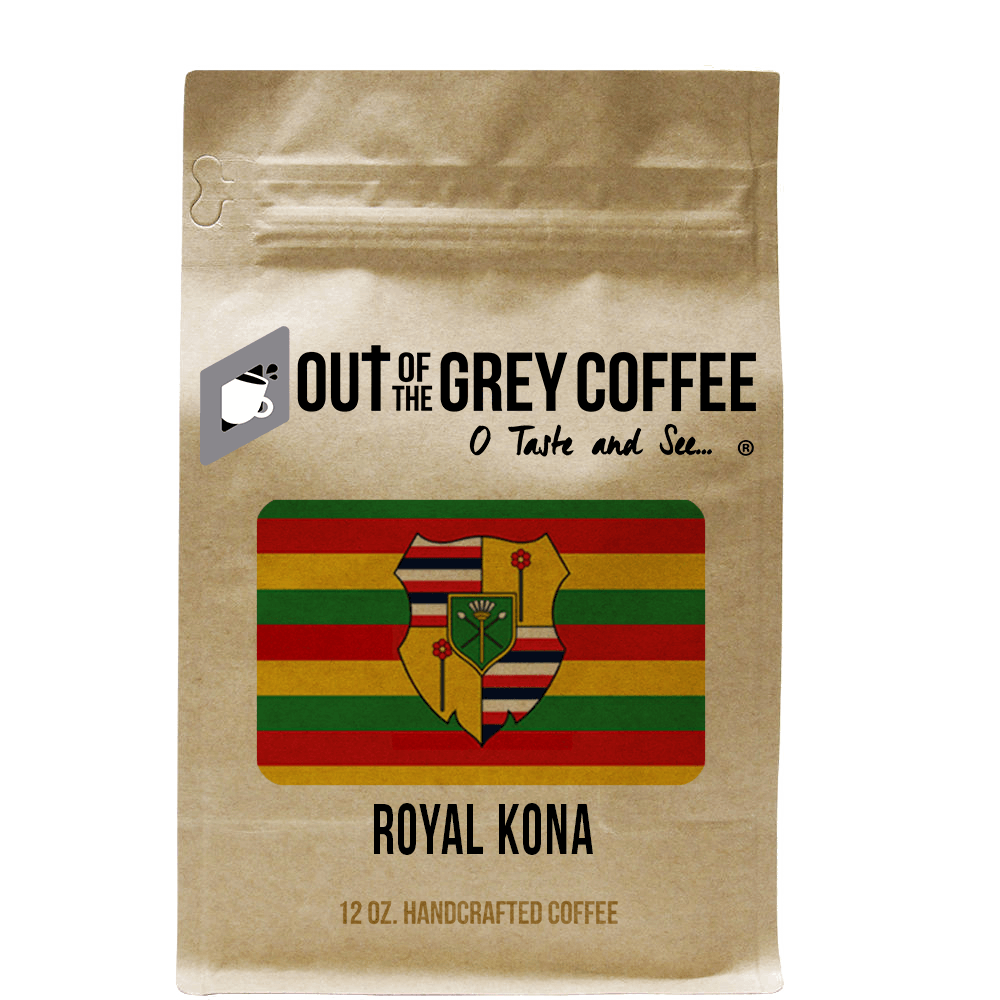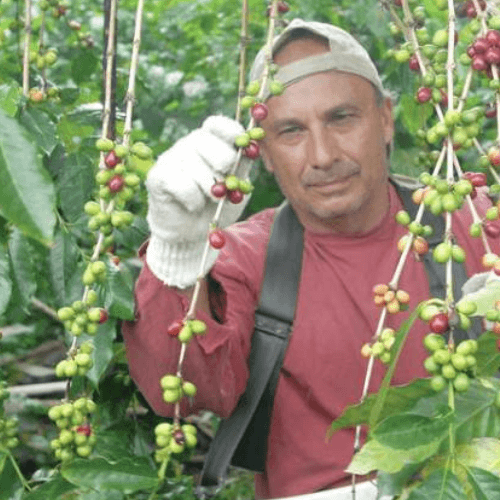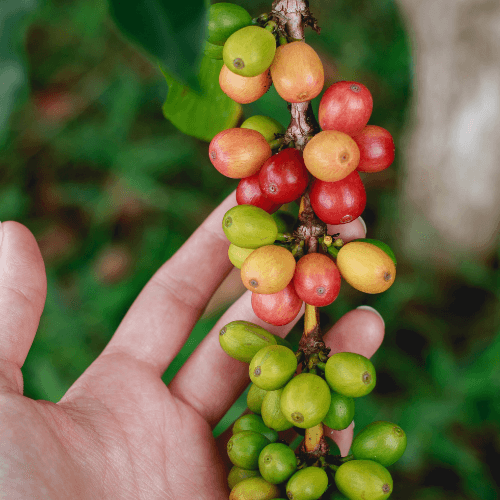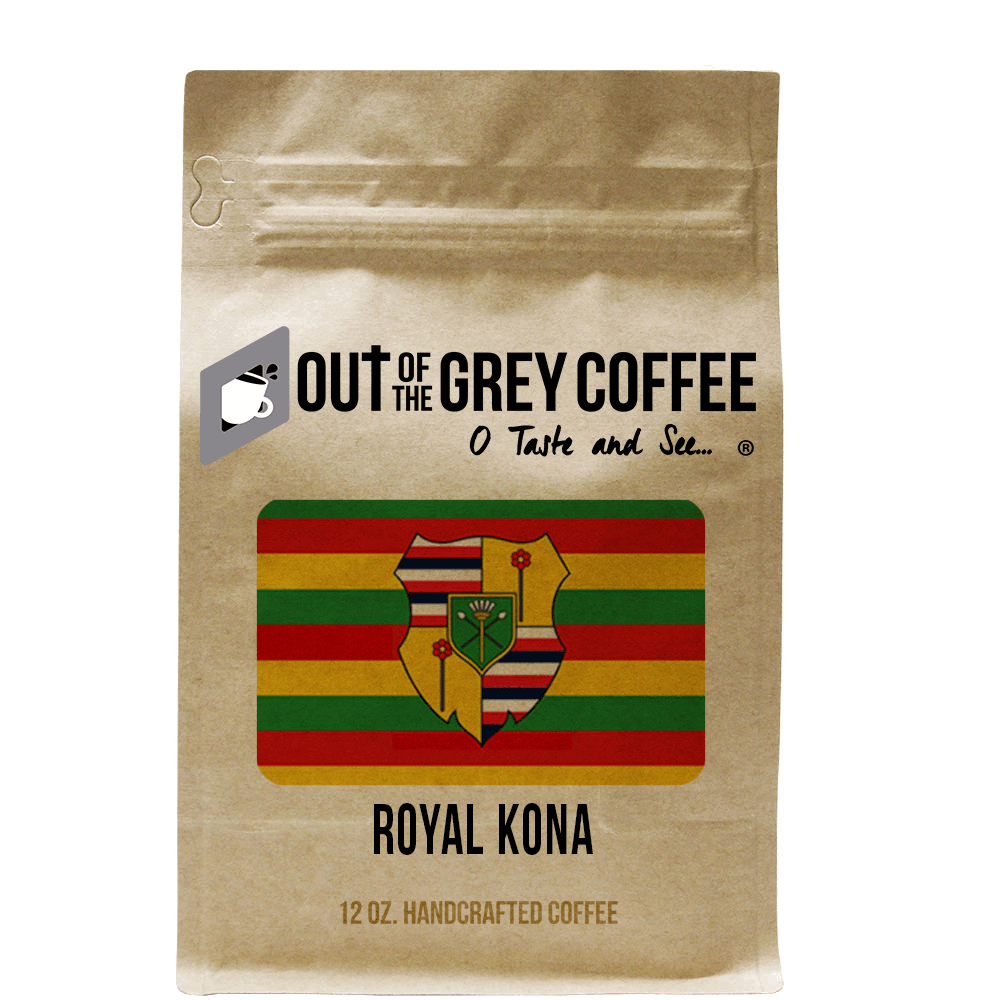



Single Origin - Royal Kona Estate Extra Fancy - Specialty Coffee
$53.99 - $54.48
Deep, sweet fruit-toned complexity with dark chocolate, musky lily, strawberry, watermelon and roasted almond flavors, round, vibrant acidity with full, syrupy mouthfeel.
Roast: Dark Medium
Processing: Natural Processed and Dried
Altitude: 1800 - 2000 M.A.S.L.
Harvest: August - December
12 oz. Handcrafted Specialty Coffee
The beautiful islands of Hawaii have long been held in esteem by coffee fans who want some of the most delicious brews in the world. Of course, specialty coffees come from a huge range of countries all around the globe, but people seeking a great caffeine experience still turn to these American classics. Hawaiian coffee is famous for its a nutty, earthy profile – often with a layer of spiciness. Its combination of earthiness- often having an almost musty quality- with snappy finish is hard to come by in other origins.
Although there are more highly prized and more expensive coffees grown around the world, the different types from Hawaii have their place in the top lists. Of course, the islands here cannot compete for quantity with major coffee-producing countries like Guatamala, Brazil, and Ethiopia, but they still provide the most from the United States.
All the plantations in this small US state total around 8200 acres. When you compare that to Brazil with approximately 6 million acres, there really is no competition. When it comes to coffee, quantity matters for many people. Most of the world enjoys this caffeinated brew every day, and most of them purchase standard Arabica grounds from the local market.
The Kona Districts of the Big Hawaii Island give the world one of the most sought-after coffee varieties anywhere. It is also a variety costing more than almost every other variety. Kona coffee has a distinctive taste due to the volcanic soil found in the area; the plantations on Hawaii trail up the slopes of two massive volcanoes. This soil has a high amount of various minerals that contribute to the overall flavor.
Kona began cultivating coffee way back in 1817 when an explorer first tried to introduce coffee plants to the island. It did not work. It took another decade for this new crop to finally take hold and begin to flourish. The path to success and worldwide renown was not easy, however. Even after taking hold, problems with weather, workers, and pests nearly destroyed the industry completely.
Over the centuries since those early, difficult days, Kona coffee has grown to include different varieties, growing processes, and expanded set of different qualities at varying price points. Today, Kona is considered a specialty product because of the small quantities produced and the precise climate and conditions necessary to get the most sought-after taste.
The relatively high prices of Kona grown coffee, which hover around $60 per pound, come from worker wages, land use, maintenance, and materials needed to operate the plantations successfully. One of the reasons stems from the farms being on US soil, where minimum wages are much higher than in other coffee-growing parts of the world.
If you want to make sure you are getting the best of the best, you should pay attention to the HDA grade of the Kona. The grade is based on criteria including the size, shape, moisture content and possible flaws in the beans.
Hawaiian coffee is divided into eight grade band which are:
Extra fancy (the highest quality)
- Fancy
- #1
- Select
- Prime
- #3
- Natural Prime
- Mixed Natural Prime (The lowest quality)
“Extra Fancy” is the highest quality of bean, although any of the first 5 categories can be considered a high-class bean. Grading is affected by qualities like bean size and rarity, which does not really affect the taste of the coffee.
Extra Fancy grades are uniform in color, size, and contains almost no defective beans. They are the most luxurious Kona beans you can get – and you will be paying a premium for it!
But it is worth every single penny.

